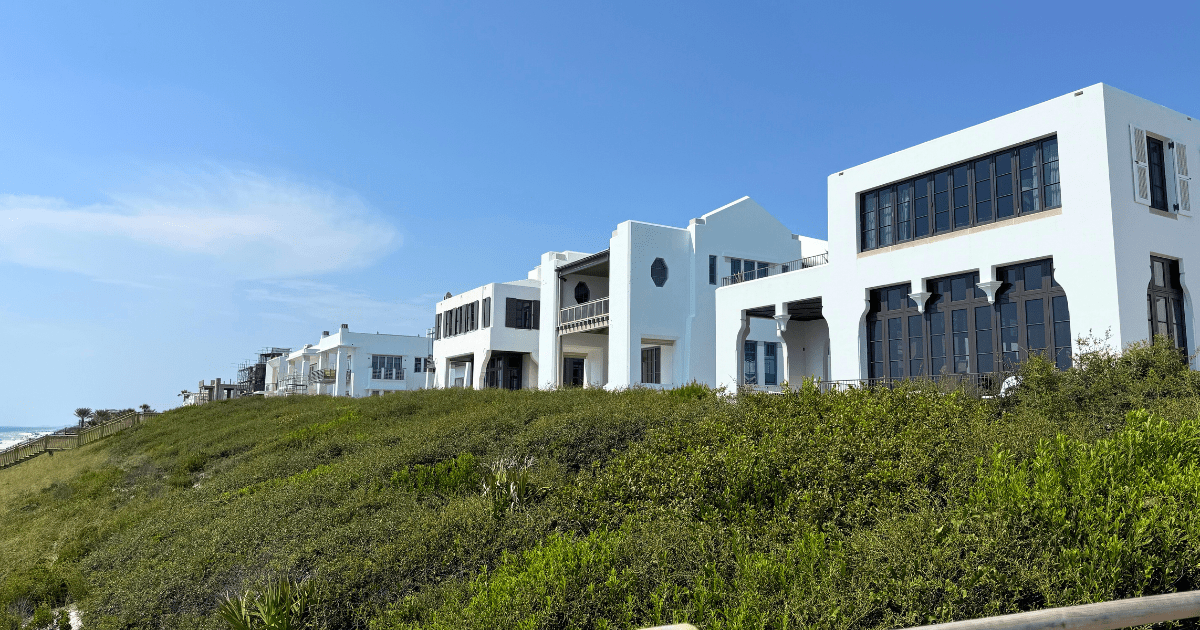New Urbanism reveals itself slowly along Florida’s Scenic Highway 30A, in the walkable streets, inviting town squares, and front porches that seem designed for conversation. (Note: Architectural gifts in Alys Beach: more on this later.) At its core, the movement is both an architectural vision and a social philosophy. It reimagines how people live and move through their communities, favoring streets for people rather than cars, neighborhoods where homes, shops, and schools sit within walking distance, and public spaces that encourage casual connection. Its founders saw it as an antidote to the sprawling, car-dependent suburbs that dominated postwar America—a call to bring human scale and shared experience back into daily life.
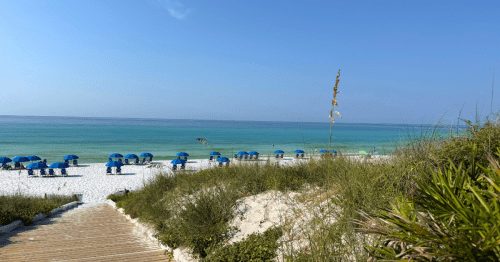 Marisa Roman – Only In Your StateThe Origins of New Urbanism in Florida
Marisa Roman – Only In Your StateThe Origins of New Urbanism in Florida
To understand New Urbanism’s beginnings, you only have to look to Seaside, the idyllic beach town that turned its ideas into reality. In the early 1980s, developer Robert “Bob” Davis partnered with architects Andrés Duany and Elizabeth Plater-Zyberk of DPZ CoDesign to design a community that reimagined 19th-century town planning for modern life. Their vision was radical but straightforward at the time: compact neighborhoods with homes, shops, and civic spaces arranged around a central hub, all within easy walking distance. The result was Seaside—a place that proved New Urbanism wasn’t just a theory. It was livable, buildable, and yes, marketable.
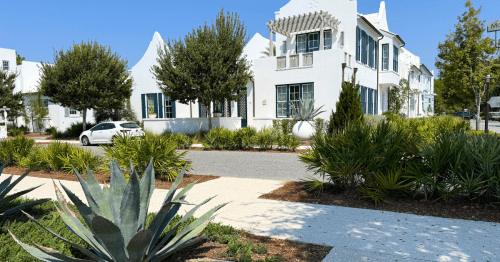 Marisa Roman – Only In Your State
Marisa Roman – Only In Your State
From there, the movement spread up and down 30A, evolving in distinct ways. Rosemary Beach, launched in the mid-1990s, interpreted the movement through a denser, more traditional lens—think narrow streets, shaded porches, and a sense of timelessness that feels lived-in rather than recreated. Alys Beach, my personal favorite, was a later and more meticulously designed community that took a different approach.
Developed by the Stephens family with DPZ’s involvement, Alys Beach refined New Urbanism into something minimalist yet monumental. Its white stucco walls, tiled roofs, and shaded courtyards blend Mediterranean and Bermudian influences, creating a serene, sunlit aesthetic that feels both exotic and deeply intentional. In both towns, design encourages interaction: cars move slowly, porches invite conversation, and every corner seems to suggest community.
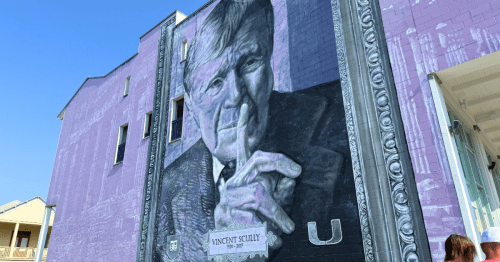 Marisa Roman – Only In Your StateThe Movement Evolves
Marisa Roman – Only In Your StateThe Movement Evolves
Of course, beauty comes with complexity. Andrés Duany himself has been candid about New Urbanism’s evolution: what began as a market experiment in Seaside, he has said in interviews, matured into a movement that drew in both admirers and detractors, and that later encountered the politics of local resistance and the limits of replication. “The New Urbanism began as essentially market-oriented,” he reflected, “when, after Seaside, it turned out many people wanted to live in walkable, diverse places and the developers were not yet providing them.” That sentence contains a modest confession—that taste and economics, not only theory, made the movement possible—and it points to why 30A’s towns feel at once aspirational and inevitable.
Related Content
New Urbanism in Alys Beach
What, then, does New Urbanism look like when you arrive on foot from the beach? Alys Beach’s white volumes and narrow promenades generate their own logic of shade and light; the town’s careful viewing corridors and private courts produce an intimacy that can feel intentionally sequestered. Everything here—how you walk, where you linger, and even how you greet your neighbors—has been quietly designed. It’s beautiful, yes, but it also raises important questions about access, affordability, and who gets to enjoy this kind of curated living.
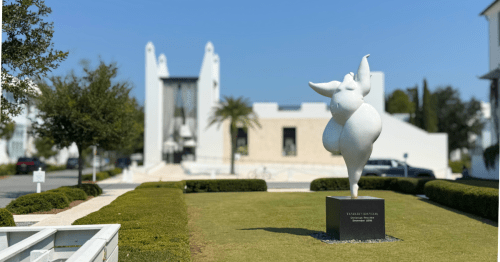 Marisa Roman – Only In Your StateArchitectural Gifts in Alys Beach
Marisa Roman – Only In Your StateArchitectural Gifts in Alys Beach
In Alys Beach, every homeowner must include an “architectural gift”—a design element that enhances the shared streetscape. These gifts might take the form of a fountain, planter, bench, stairway, or small balcony, and they’re reviewed as part of the town’s strict design code. The rule ensures each home contributes something beautiful and human-scaled to the public realm, reinforcing Alys Beach’s signature blend of cohesion, artistry, and community connection. This was one of my favorite aspects of walking the streets and seeing the chosen gifts to the community. There is intention. There is beauty.
Related Content
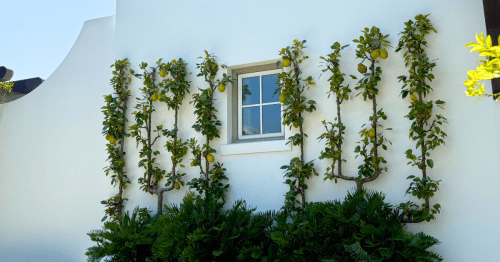 Marisa Roman – Only In Your StateA Contested Vision
Marisa Roman – Only In Your StateA Contested Vision
New Urbanism along 30A is a fascinating study in design as a civic argument. It’s proof that thoughtful urban planning can transform how we live—but also a reminder that beauty and belonging don’t always come hand in hand. For designers, these towns are proof that human-scale design works. For critics, they serve as a reminder that even the most idealistic visions must grapple with issues of diversity, equity, and inclusion.
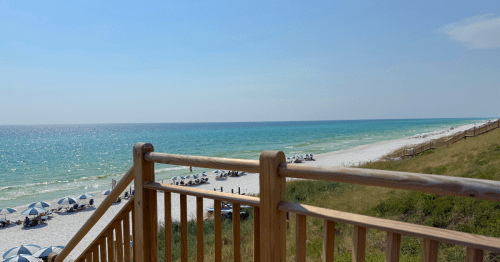 Marisa Roman – Only In Your State
Marisa Roman – Only In Your State
If one leaves 30A with anything resembling a conclusion, it is this: New Urbanism isn’t about recreating the past. It’s about finding balance between nostalgia and progress, between private comfort and public life. The white facades and shady squares along this stretch of coast may look like perfection, but their real value lies in what they ask of us—to imagine communities built not just for beauty, but for everyone.
Plan your own trip to 30A with Only In Your State’s itinerary planner.
Get the latest updates and news
Thank you for subscribing!

